These seeds are offered at $4 per 10.Add $4 to the order to cover pack/post. The plants has edible flowers & used medicinally.
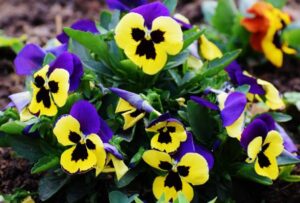
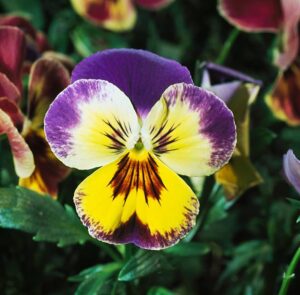
Johnny Jump Up violas (Viola tricolor) make wonderful additions to almost any garden and are prolific bloomers from spring to fall, depending on the variety. These plants are the relatives of pansies and are often called wild pansies. The flowers are almost identical except for size, Johnny Jump Up violas produce smaller blooms. There are several color varieties, but they are most famous for their tricolored, five-petal blooms of purple, yellow, and white. Other colors include vibrant yellow and faded blue or purple.
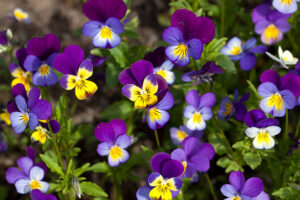
These plants can be found both as perennials and annuals, but are often grown as annuals–particularly in northern climates. Even so, these flowers may self-seed and appear the following spring.
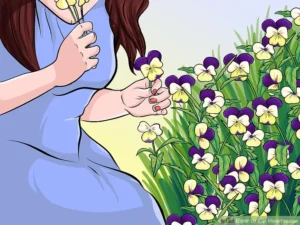
Botanical Name Viola tricolor
Common Name Johnny Jump Ups, Heart’s Ease, field pansy, wild pansy, horned pansy, California golden violet, yellow pansy
Plant Type Perennial, annual
Mature Size 6 – 8 in. tall, 6 – 8 in. wide
Sun Exposure Full, partial
Soil Type Moist but well-drained
Soil pH Acidic, neutral
Bloom Time Spring, fall
Flower Color Yellow, purple, blue, white, orange
Hardiness Zones 3 to 8, USA
Native Area Europe, North America
Johnny Jump Up Care
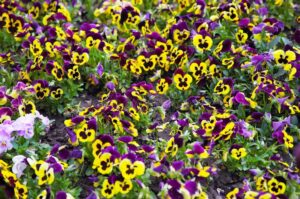
Johnny Jump Up violas require rich, moist, well-draining soil, and full sunshine, with minimal hands-on care requirements. They are a low-maintenance flower variety that enjoys a long blooming season.
Because these prolific flowers can bloom from spring to fall, be sure to deadhead spent blooms to encourage new, healthy flowers. Common pests or diseases include snails, slugs, and fungus or mildew, all of which are contributed to by overwatering or overly moist conditions.
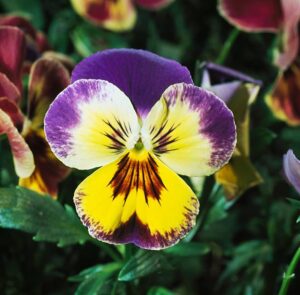
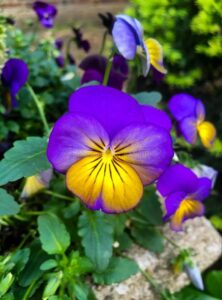
Like many other flowering plants, this type of viola does best in full sunshine. Plant in areas that receive at least 6 hours of direct light each day. However, if you live in a climate with intense, direct sunlight during the heat of summer, then these plants may fare better in a partially shaded area.
Soil
Johnny Jump Up violas prefer nutrient-rich, well-draining, and moist soil. Existing soil conditions can be enhanced by adding plenty of compost to your soil before planting. Compost not only adds an abundance of necessary nutrients but also helps the soil drain excess water.
Water
Regular watering is necessary to maintain the moist soil conditions preferred by Johnny Jump Ups. This is especially true in hot summer weather where excessive heat can cause wilting.
However, mildew and fungus can be a problem for these plants. To ward off these conditions, water at the base of the plant near the soil and avoid getting the foliage wet.
Temperature and Humidity
These delicate-looking flowers are sensitive to hot temperatures and prefer mild, cool temperatures. Harsh heat can cause them to wilt. As a result, the Johnny Jump Up viola is quite tolerant of cold temperatures and can even handle light frosts. Low to moderate humidity levels are best as overly moist environments can contribute to mildew or fungus problems.
Fertilizer
Adding a slow-release, well-balanced fertilizer in the spring and again in early fall will help supplement these flowers with the nutrients they need to support their continual blooming. If you live in an area with intense summers, your violas may go a bit dormant during the mid-summer heat. Therefore, they may not need as much fertilizer during these months.
Varieties of Johnny Jump Up Violas
‘Viola tricolor’: Brightly colored and often the most famous variety of Johnny Jump Ups, these flowers boast three colors on each bloom including blue, purple, yellow, or white. This variety is very common in Europe and is most often the variety referred to as a ‘Johnny Jump Up’ viola.
‘Viola bicolor’: This variety is a blend of two colors and
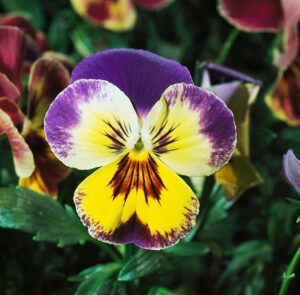
- Can be blue or purple with white or yellow centers. They have a gentle presence, as their blooms have a faded or washed-out appearance. They can be found scattered around North America in meadows, on the side of the road, or in your own front yard.
- ‘Viola cornuta’: Also known as the horned violet or tufted violet, these violas contain a long, slender nectar spur. Their flowers are often two-toned in purple and blue. Other colors can include white, yellow, or orange.
- ‘Viola pedunculata’: This is a perennial variety found throughout California. They boast heart-shaped leaves and bright yellow flowers. These cheerful blooms are known as California golden violet.
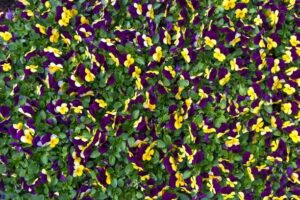
How to Grow Johnny Jump Ups from Seed
This type of viola can be started from seed indoors or using a direct sow method.
Follow these steps to direct sow Johnny Jump Up seeds:
- Prep your soil by adding generous amounts of compost and mixing it in thoroughly.
- Evenly sprinkle the Johnny Jump Up seeds over the soil and cover lightly with 1/8” of soil. For areas with mild winters, this can be done in the fall. This way the seeds will sprout as soon as it is warm enough in the spring. For areas with harsher winters, do this in the spring when the soil is workable.
- Water seeds well and keep the soil consistently moist.
If you prefer to start seeds indoors, take note of the following method:
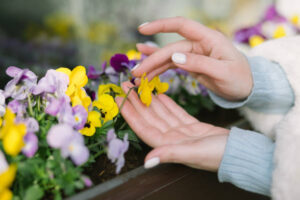
- Plant the seeds in rich potting soil.
- Cover lightly with 1/8” of soil.
- Water the seeds regularly. Keep the soil moist and the seeds warm.
- Once sprouted, move your seedlings to a sunny window or underneath a grow light.
- When the first true leaves appear, thin out each planting cell or pot, only keeping the strongest seedling.
- Once temperatures outside are safe and the threat of heavy frosts are gone, begin hardening off your seedlings. Do this by gradually letting them get accustomed to outdoor sun and wind. Start with only an hour or two a day and work up from there.
- When your viola seedlings can handle a full day of outdoor sunshine, transplant them into the garden.
 Any questions or if buying, contact me HERE
Any questions or if buying, contact me HERE
![]()

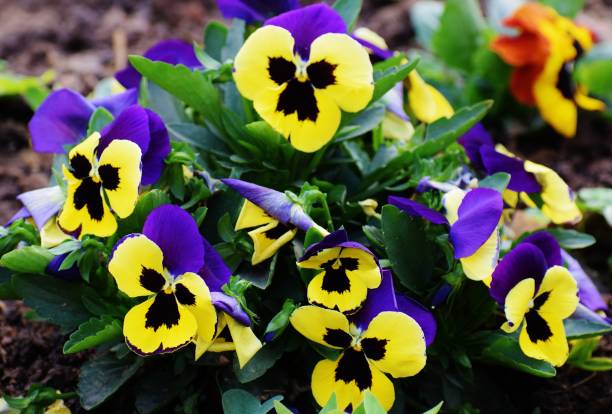
Recent Comments